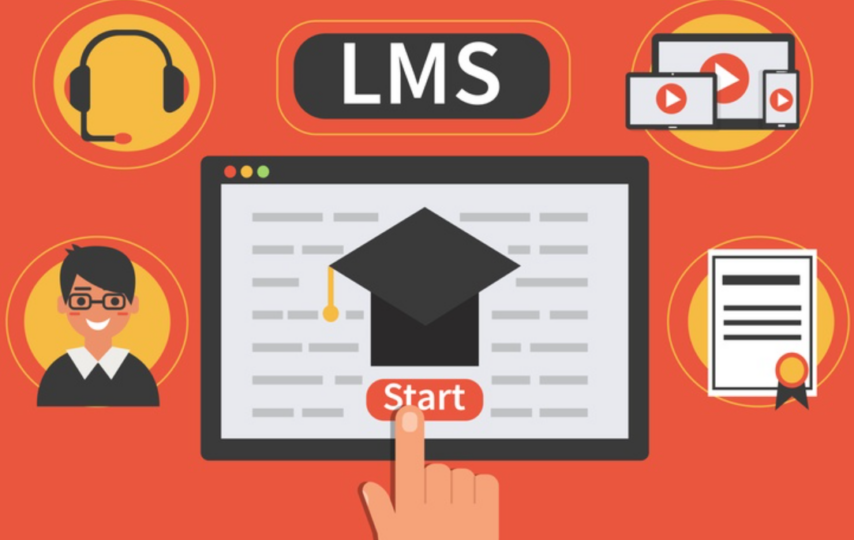In today’s era, learning management systems (LMS) have become indispensable tools for businesses, organizations, educational institutions, and individuals seeking to share knowledge and develop skills. An LMS is a web-based platform that enables users to create, oversee, and deliver courses and training programs. Considering the abundance of options in the market, it is crucial to understand the features that can make a learning management system an efficient tool for educators and learners alike. While you keep reading this post, we will delve into the top 10 features of a learning management system that you should be aware of.
User-Friendly Interface
A user-friendly interface is paramount for any learning management system. It should offer ease of navigation and comprehension with its design, layout, clear labels, and user-friendly features. This aspect holds significance for learners who possess varying levels of expertise.
Course Management
Course management stands out as one of the top features of a learning management system. It empowers administrators or instructors to create, manage, and organize courses effectively. This includes incorporating different types of content such as videos, documents, quizzes, and assignments.
Comprehensive Evaluation Tools
A learning management system should include evaluation tools that enable instructors to create and administer quizzes, tests, and assessments. It should also offer feedback and grading options to enhance the learning experience.
Options to Customize
The ability to customize is an important aspect of a learning management system as it allows organizations or institutions to adapt to the system according to their requirements. It should provide options for customizing the user interface, branding, and course templates in order to create a flawless, personalized learning environment.
Mobile Compatibility
In today’s world, it is essential for a learning management system to be compatible with mobile devices. Learners should have the flexibility to access the system, complete courses, and engage with content using their smartphones or tablets at any time and from anywhere.
Collaboration Features
Collaboration plays a significant role in learning. A learning management system should incorporate collaboration features that facilitate interaction among learners, enabling them to ask questions, share ideas, and collaborate on group projects. This may include discussion forums, chat functionalities, as well as video conferencing capabilities.
Monitoring Progress and Generating Reports
In order to track learner progress effectively and identify areas for improvement, a learning management system should offer features for monitoring progress and generating reports.
This allows teachers or school administrators to monitor how many students have completed courses, their scores on quizzes, and other metrics that can be used to assess the effectiveness of the courses.
Integration with External Tools
A learning management system should have the ability to seamlessly integrate with tools like content management systems, video conferencing platforms, and virtual classrooms. This enables organizations to leverage their existing tools and technologies without any disruptions.
Robust Security and Scalability
Ensuring security measures is essential for any platform, especially when dealing with sensitive student data. A learning management system should have security protocols in place to safeguard user information and maintain data confidentiality. Additionally, it should be able to handle increasing numbers of users and growing demands.
Data Analysis and Insights
Data analysis and insights are components of a learning management system as they provide instructors or administrators with data. The system should be capable of generating reports and analytics on student behavior, engagement levels, and performance. This data can help identify patterns, personalize the learning experience, and make decisions based on evidence.
Conclusion
These are the features that you need to know about in a learning management system. When selecting a system, it is important to consider these features so that you choose one that meets your needs and requirements.
If you’re a teacher aiming to provide courses or a company interested in training your employees, using a learning management system can significantly improve the learning journey.








